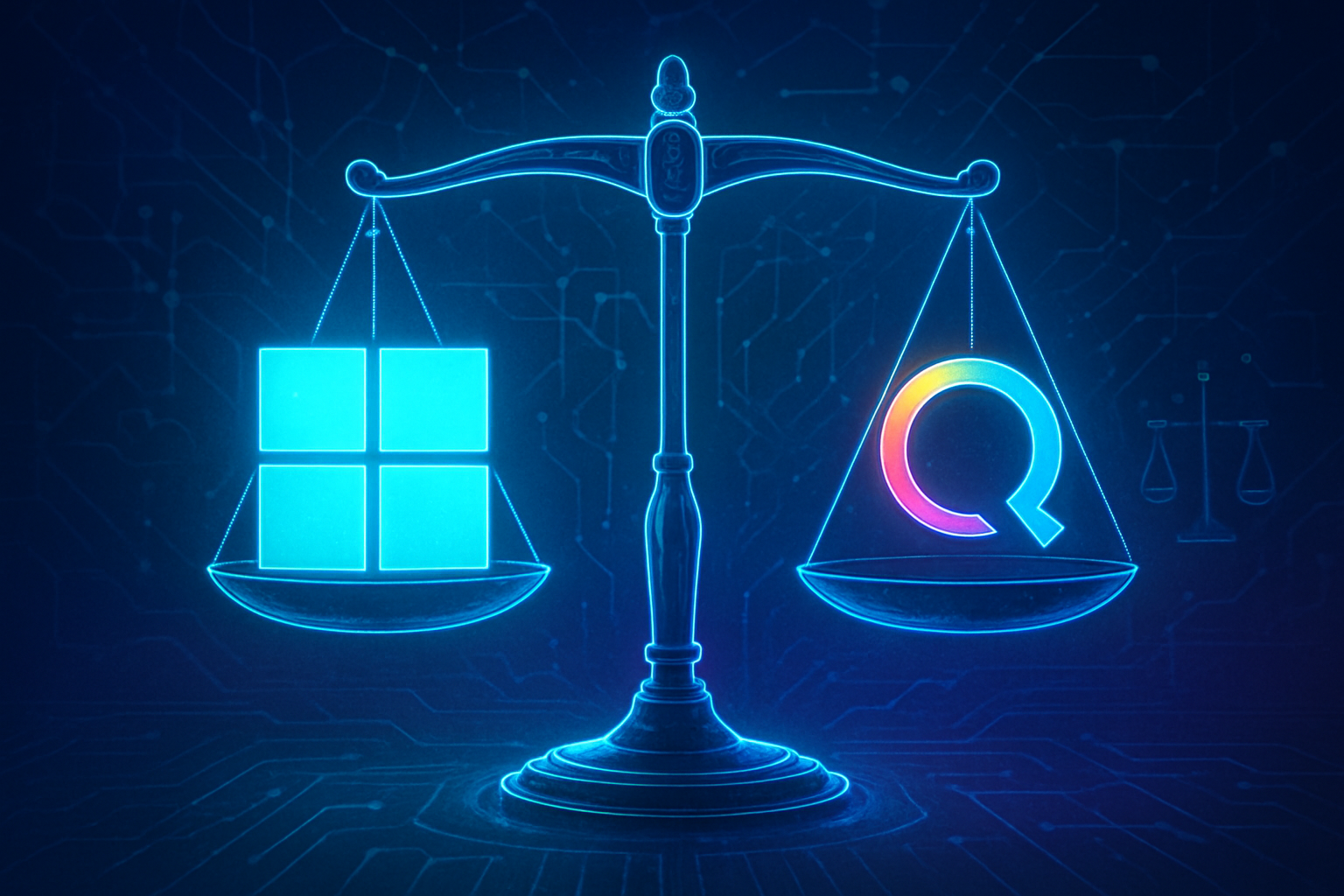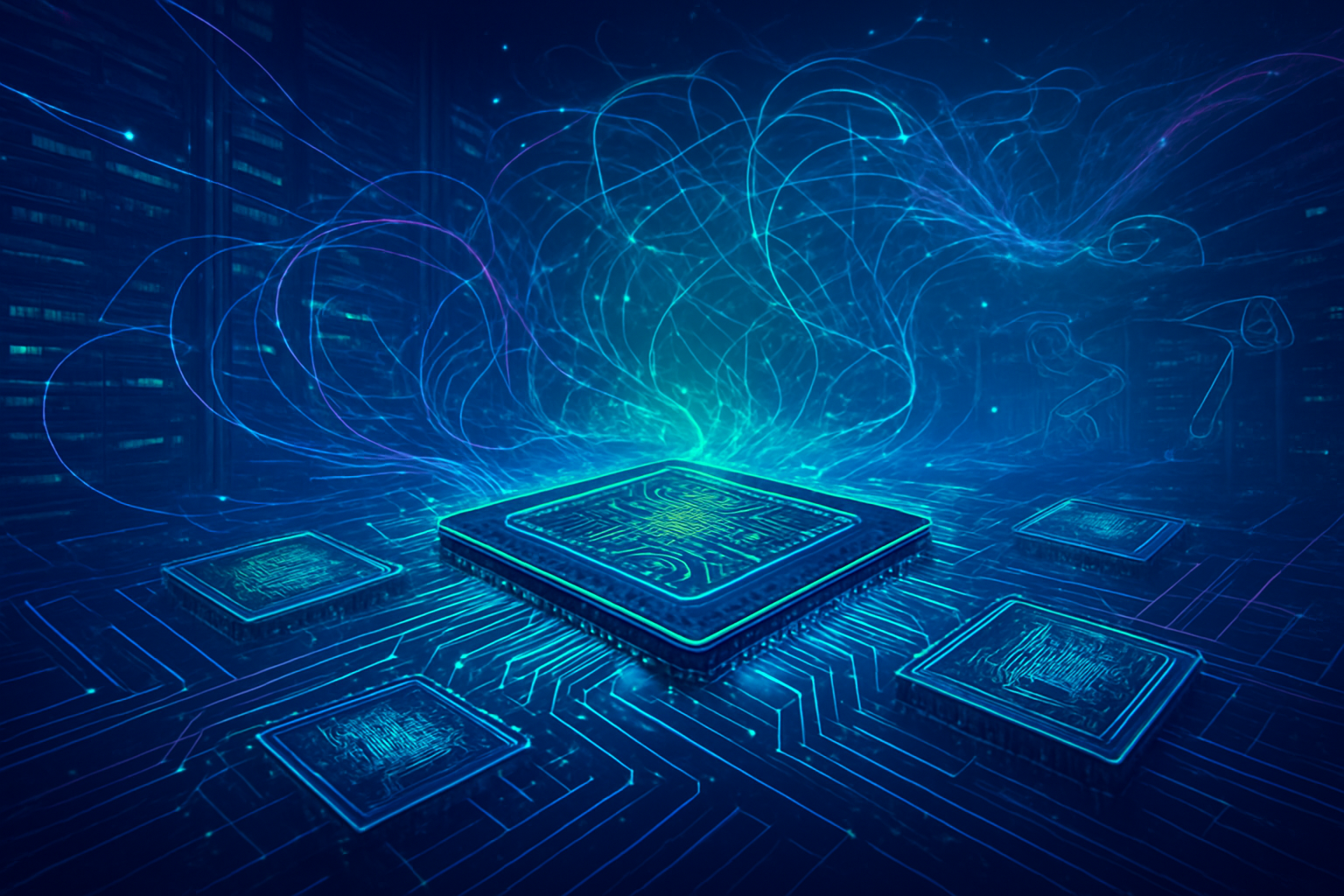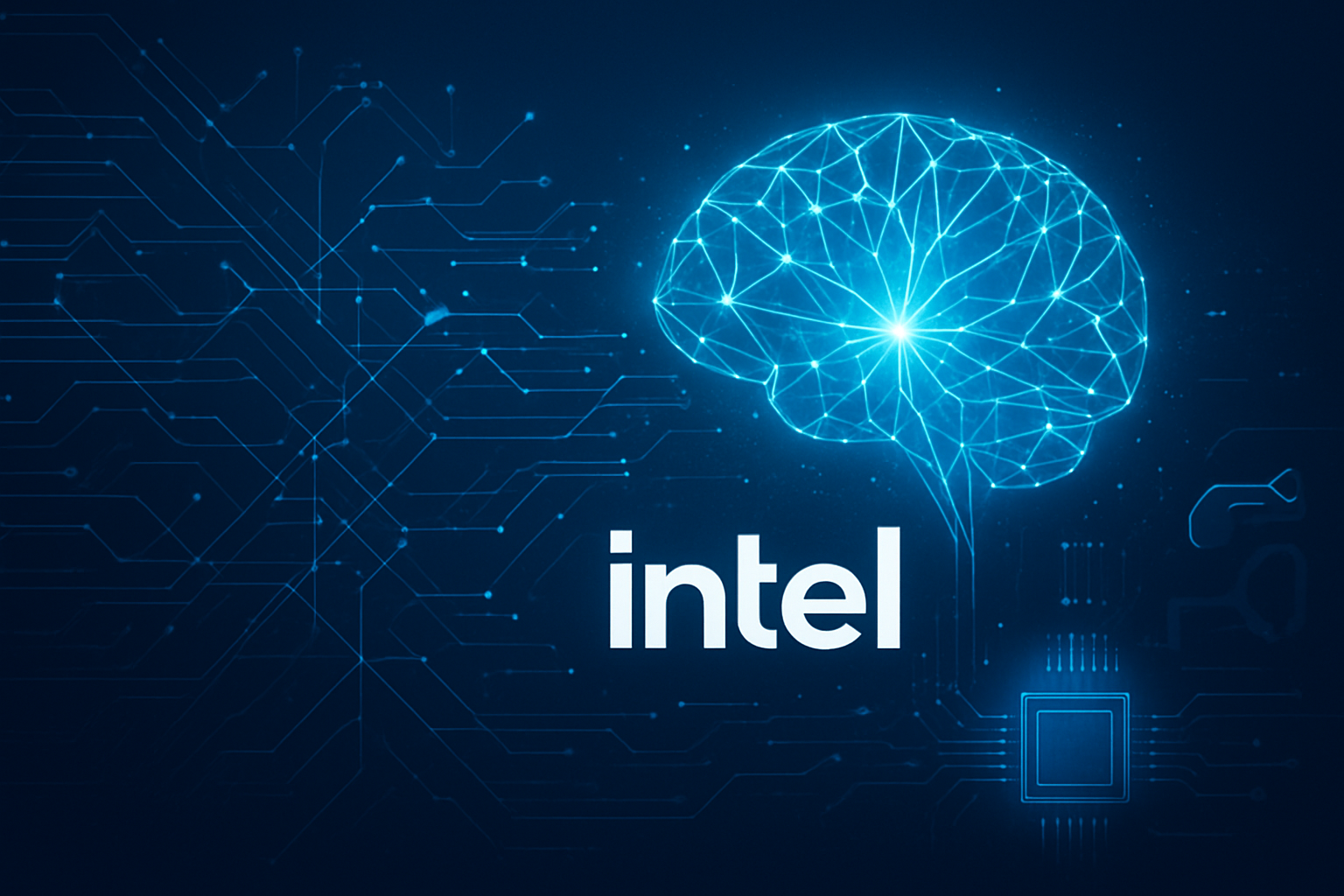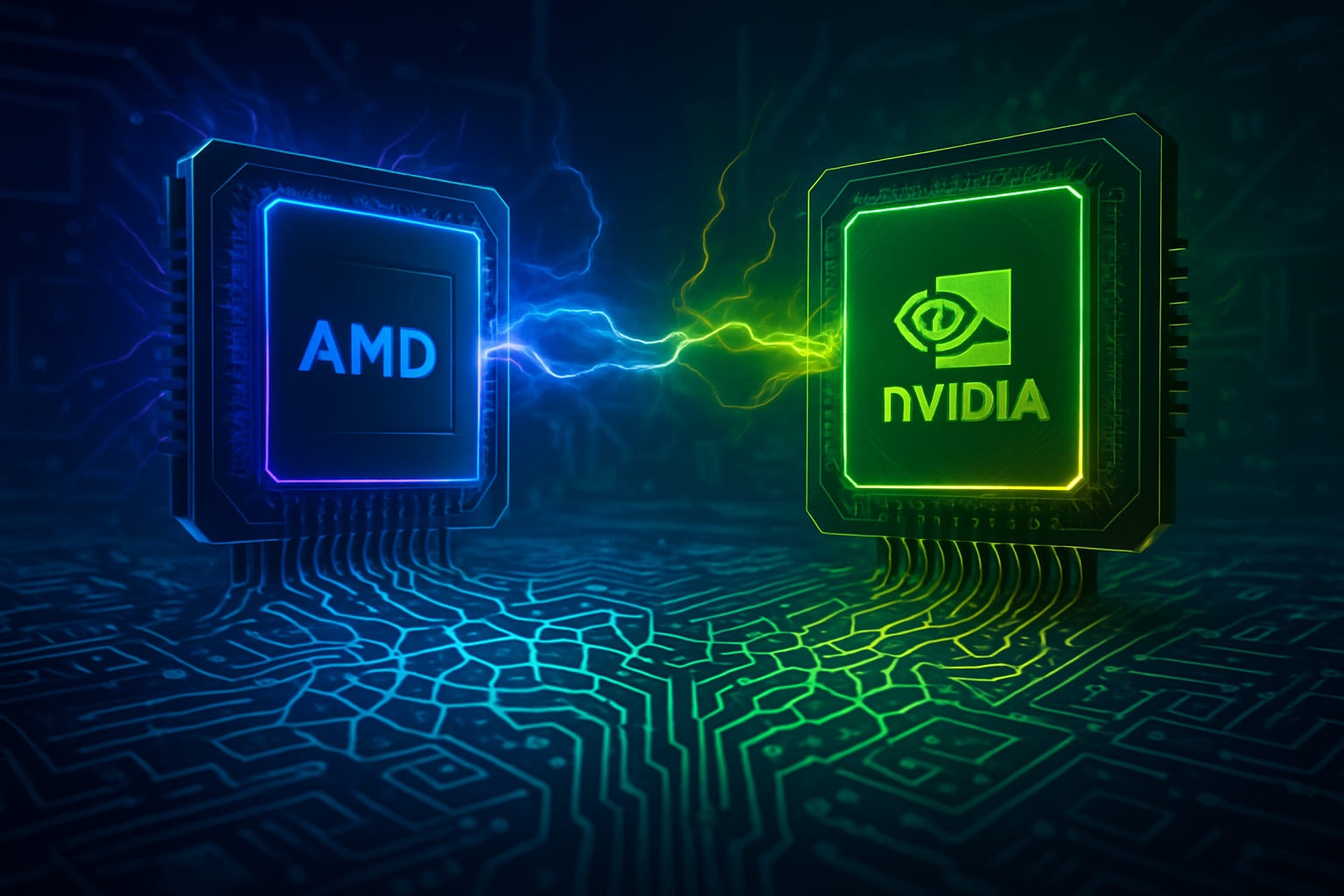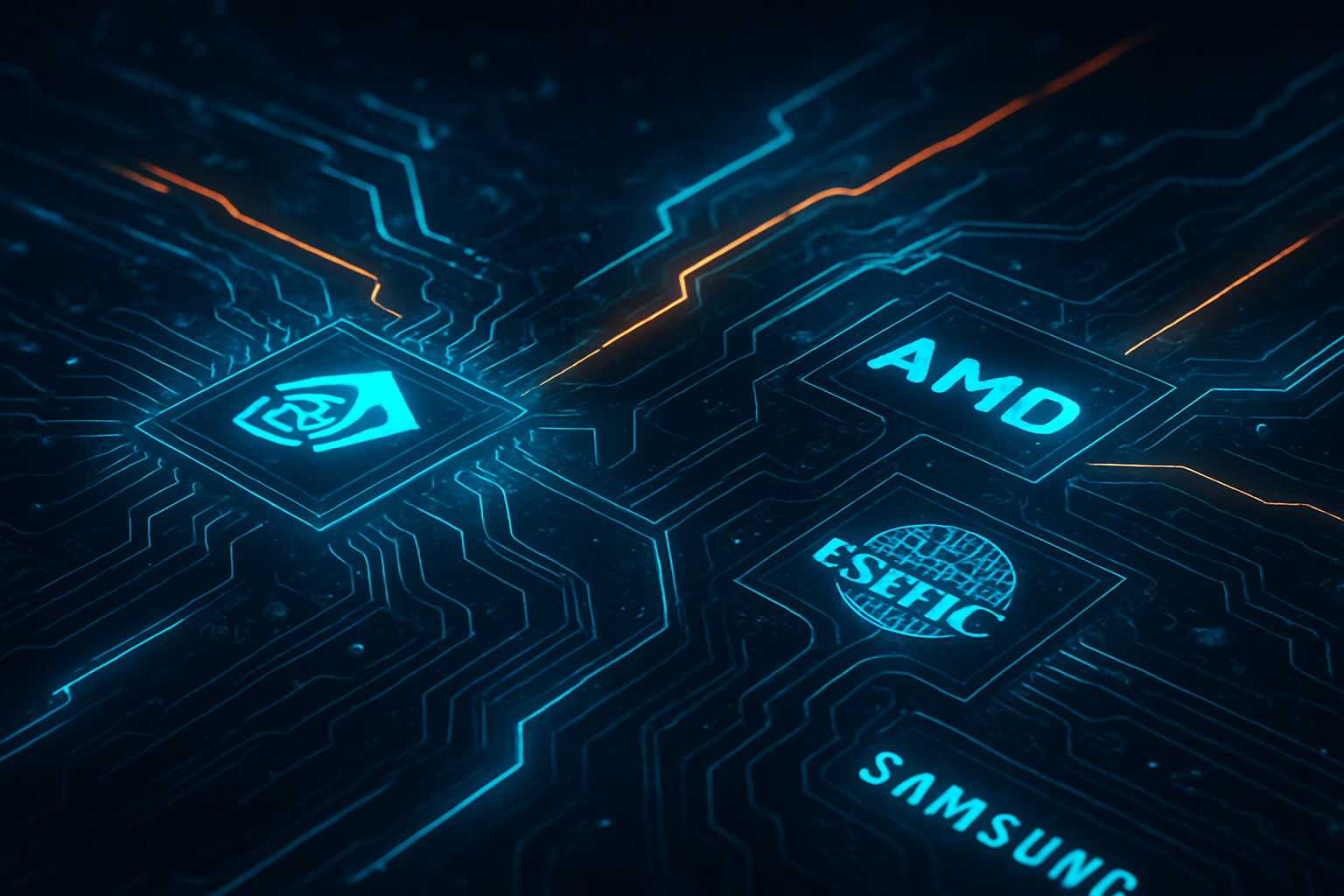The European Commission, the European Union's executive arm and top antitrust enforcer, has today, December 4, 2025, launched a formal antitrust investigation into Meta Platforms (NASDAQ: META) concerning WhatsApp's policy on third-party AI chatbots. This significant move addresses serious concerns that Meta is leveraging its dominant position in the messaging market to stifle competition in the burgeoning artificial intelligence sector. Regulators allege that WhatsApp is actively banning rival general-purpose AI chatbots from its widely used WhatsApp Business API, while its own "Meta AI" service remains freely accessible and integrated. The probe's immediate significance lies in preventing potential irreparable harm to competition in the rapidly expanding AI market, signaling the EU's continued rigorous oversight of digital gatekeepers under traditional antitrust rules, distinct from the Digital Markets Act (DMA) which governs other aspects of Meta's operations. This investigation is an ongoing event, formally opened by the European Commission today.
WhatsApp's Walled Garden: Technical Restrictions and Industry Fallout
The European Commission's investigation stems from allegations that WhatsApp's new policy, introduced in October 2025, creates an unfair advantage for Meta AI by effectively blocking rival general-purpose AI chatbots from reaching WhatsApp's extensive user base in the European Economic Area (EEA). Regulators are scrutinizing whether this move constitutes an abuse of a dominant market position under Article 102 of the Treaty on the Functioning of the European Union. The core concern is that Meta is preventing innovative competitors from offering their AI assistants on a platform that boasts over 3 billion users worldwide. Teresa Ribera, the European Commission's Executive Vice-President overseeing competition affairs, stated that the EU aims to prevent "Big Tech companies from boxing out innovative competitors" and is acting quickly to avert potential "irreparable harm to competition in the AI space."
WhatsApp, owned by Meta Platforms, has countered these claims as "baseless," arguing that its Business API was not designed to support the "strain" imposed by the emergence of general-purpose AI chatbots. The company also asserts that the AI market remains highly competitive, with users having access to various services through app stores, search engines, and other platforms.
WhatsApp's updated policy, which took effect for new AI providers on October 15, 2025, and will apply to existing providers by January 15, 2026, technically restricts third-party AI chatbots through limitations in its WhatsApp Business Solution API and its terms of service. The revised API terms explicitly prohibit "providers and developers of artificial intelligence or machine learning technologies, including but not limited to large language models, generative artificial intelligence platforms, general-purpose artificial intelligence assistants, or similar technologies" from using the WhatsApp Business Solution if such AI technologies constitute the "primary (rather than incidental or ancillary) functionality" being offered. Meta retains "sole discretion" in determining what constitutes primary functionality.
This technical restriction is further compounded by data usage prohibitions. The updated terms also forbid third-party AI providers from using "Business Solution Data" (even in anonymous or aggregated forms) to create, develop, train, or improve any machine learning or AI models, with an exception for fine-tuning an AI model for the business's exclusive use. This is a significant technical barrier as it prevents external AI models from leveraging the vast conversational data available on the platform for their own development and improvement. Consequently, major third-party AI services like OpenAI's (Private) ChatGPT, Microsoft's (NASDAQ: MSFT) Copilot, Perplexity AI (Private), Luzia (Private), and Poke (Private), which had integrated their general-purpose AI assistants into WhatsApp, are directly affected and are expected to cease operations on the platform by the January 2026 deadline.
The key distinction lies in the accessibility and functionality of Meta's own AI offerings compared to third-party services. Meta AI, Meta's proprietary conversational assistant, has been actively integrated into WhatsApp across European markets since March 2025. This allows Meta AI to operate as a native, general-purpose assistant directly within the WhatsApp interface, effectively creating a "walled garden" where Meta AI is the sole general-purpose AI chatbot available to WhatsApp's 3 billion users, pushing out all external competitors. While Meta claims to employ "private processing" technology for some AI features, critics have raised concerns about the "consent illusion" and the potential for AI-generated inferences even without direct data access, especially since interactions with Meta AI are processed by Meta's systems and are not end-to-end encrypted like personal messages.
The AI research community and industry experts have largely viewed WhatsApp's technical restrictions as a strategic maneuver by Meta to consolidate its position in the burgeoning AI space and monetize its platform, rather than a purely technical necessity. Many experts believe this policy will stifle innovation by cutting off a vital distribution channel for independent AI developers and startups. The ban highlights the inherent "platform risk" for AI assistants and businesses that rely heavily on third-party messaging platforms for distribution and user engagement. Industry insiders suggest that a key driver for Meta's decision is the desire to control how its platform is monetized, pushing businesses toward its official, paid Business API services and ensuring future AI-powered interactions happen on Meta's terms, within its technologies, and under its data rules.
Competitive Battleground: Impact on AI Giants and Startups
The EU's formal antitrust investigation into Meta's WhatsApp policy, commencing December 4, 2025, creates significant ripple effects across the AI industry, impacting tech giants and startups alike. The probe centers on Meta's October 2025 update to its WhatsApp Business API, which restricts general-purpose AI providers from using the platform if AI is their primary offering, allegedly favoring Meta AI.
Meta Platforms stands to be the primary beneficiary of its own policy. By restricting third-party general-purpose AI chatbots, Meta AI gains an exclusive position on WhatsApp, a platform with over 3 billion global users. This allows Meta to centralize AI control, driving adoption of its own Llama-based AI models across its product ecosystem and potentially monetizing AI directly by integrating AI conversations into its ad-targeting systems across Facebook (NASDAQ: META), Instagram (NASDAQ: META), and WhatsApp. Meta also claims its actions reduce infrastructure strain, as third-party AI chatbots allegedly imposed a burden on WhatsApp's systems and deviated from its intended business-to-customer messaging model.
For other tech giants, the implications are substantial. OpenAI (Private) and Microsoft (NASDAQ: MSFT), with their popular general-purpose AI assistants ChatGPT and Copilot, are directly impacted, as their services are set to cease operations on WhatsApp by January 15, 2026. This forces them to focus more on their standalone applications, web interfaces, or deeper integrations within their own ecosystems, such as Microsoft 365 for Copilot. Similarly, Google's (NASDAQ: GOOGL) Gemini, while not explicitly mentioned as being banned, operates in the same competitive landscape. This development might reinforce Google's strategy of embedding Gemini within its vast ecosystem of products like Workspace, Gmail, and Android, potentially creating competing AI ecosystems if Meta successfully walls off WhatsApp for its AI.
AI startups like Perplexity AI, Luzia (Private), and Poe (Private), which had offered their AI assistants via WhatsApp, face significant disruption. For some that adopted a "WhatsApp-first" strategy, this decision is existential, as it closes a crucial channel to reach billions of users. This could stifle innovation by increasing barriers to entry and making it harder for new AI solutions to gain traction without direct access to large user bases. The ban also highlights the inherent "platform risk" for AI assistants and businesses that rely heavily on third-party messaging platforms for distribution and user engagement.
The EU's concern is precisely to prevent dominant digital companies from "crowding out innovative competitors" in the rapidly expanding AI sector. If Meta's ban is upheld, it could set a precedent encouraging other dominant platforms to restrict third-party AI, thereby fragmenting the AI market and potentially creating "walled gardens" for AI services. This development underscores the strategic importance of diversified distribution channels, deep ecosystem integration, and direct-to-consumer channels for AI labs. Meta gains a significant strategic advantage by positioning Meta AI as the default, and potentially sole, general-purpose AI assistant within WhatsApp, aligning with a broader trend of major tech companies building closed ecosystems to promote in-house products and control data for AI model training and advertising integration.
A New Frontier for Digital Regulation: AI and Market Dominance
The EU's investigation into Meta's WhatsApp AI chatbot ban is a critical development, signifying a proactive regulatory stance to shape the burgeoning AI market. At its core, the probe suspects Meta of abusing its dominant market position to favor its own AI assistant, Meta AI, thereby crowding out innovative competitors. This action is seen as an effort to protect competition in the rapidly expanding AI sector and prevent potential irreparable harm to competitive dynamics.
This EU investigation fits squarely within a broader global trend of increased scrutiny and regulation of dominant tech companies and emerging AI technologies. The European Union has been at the forefront, particularly with its landmark legislative frameworks. While the primary focus of the WhatsApp investigation is antitrust, the EU AI Act provides crucial context for AI governance. AI chatbots, including those on WhatsApp, are generally classified as "limited-risk AI systems" under the AI Act, primarily requiring transparency obligations. The investigation, therefore, indirectly highlights the EU's commitment to ensuring fair practices even in "limited-risk" AI applications, as market distortions can undermine the very goals of trustworthy AI the Act aims to promote.
Furthermore, the Digital Markets Act (DMA), designed to curb the power of "gatekeepers" like Meta, explicitly mandates interoperability for core platform services, including messaging. WhatsApp has already started implementing interoperability for third-party messaging services in Europe, allowing users to communicate with other apps. This commitment to messaging interoperability under the DMA makes Meta's restriction of AI chatbot access even more conspicuous and potentially contradictory to the spirit of open digital ecosystems championed by EU regulators. While the current AI chatbot probe is under traditional antitrust rules, not the DMA, the broader regulatory pressure from the DMA undoubtedly influences Meta's actions and the Commission's vigilance.
Meta's policy to ban third-party AI chatbots from WhatsApp is expected to stifle innovation within the AI chatbot sector by limiting access to a massive user base. This restricts the competitive pressure that drives innovation and could lead to a less diverse array of AI offerings. The policy effectively creates a "closed ecosystem" for AI on WhatsApp, giving Meta AI an unfair advantage and limiting the development of truly open and interoperable AI environments, which are crucial for fostering competition and user choice. Consequently, consumers on WhatsApp will experience reduced choice in AI chatbots, as popular alternatives like ChatGPT and Copilot are forced to exit the platform, limiting the utility of WhatsApp for users who rely on these third-party AI tools.
The EU investigation highlights several critical concerns, foremost among them being market monopolization. The core concern is that Meta, leveraging its dominant position in messaging, will extend this dominance into the rapidly growing AI market. By restricting third-party AI, Meta can further cement its monopolistic influence, extracting fees, dictating terms, and ultimately hindering fair competition and inclusive innovation. Data privacy is another significant concern. While traditional WhatsApp messages are end-to-end encrypted, interactions with Meta AI are not and are processed by Meta's systems. Meta has indicated it may share this information with third parties, human reviewers, or use it to improve AI responses, which could pose risks to personal and business-critical information, necessitating strict adherence to GDPR. Finally, the investigation underscores the broader challenges of AI interoperability. The ban specifically prevents third-party AI providers from using WhatsApp's Business Solution when AI is their primary offering, directly impacting AI interoperability within a widely used platform.
The EU's action against Meta is part of a sustained and escalating regulatory push against dominant tech companies, mirroring past fines and scrutinies against Google (NASDAQ: GOOGL), Apple (NASDAQ: AAPL), and Meta itself for antitrust violations and data handling breaches. This investigation comes at a time when generative AI models are rapidly becoming commodities, but access to data and computational resources remains concentrated among a few powerful firms. Regulators are increasingly concerned about the potential for these firms to create AI monopolies that could lead to systemic risks and a distorted market structure. The EU's swift action signifies its intent to prevent such monopolization from taking root in the nascent but critically important AI sector, drawing lessons from past regulatory battles with Big Tech in other digital markets.
The Road Ahead: Anticipating AI's Regulatory Future
The European Commission's formal antitrust investigation into Meta's WhatsApp policy, initiated on December 4, 2025, concerning the ban on third-party general-purpose AI chatbots, sets the stage for significant near-term and long-term developments in the AI regulatory landscape.
In the near term, intensified regulatory scrutiny is expected. The European Commission will conduct a formal antitrust probe, gathering evidence, issuing requests for information, and engaging with Meta and affected third-party AI providers. Meta is expected to mount a robust defense, reiterating its claims about system strain and market competitiveness. Given the EU's stated intention to "act quickly to prevent any possible irreparable harm to competition," the Commission might consider imposing interim measures to halt Meta's policy during the investigation, setting a crucial precedent for AI-related antitrust actions.
Looking further ahead, beyond two years, if Meta is found in breach of EU competition law, it could face substantial fines, potentially up to 10% of its global revenues. The Commission could also order Meta to alter its WhatsApp API policy to allow greater access for third-party AI chatbots. The outcome will significantly influence the application of the EU's Digital Services Act (DSA) and the AI Act to large online platforms and AI systems, potentially leading to further clarification or amendments regarding how these laws interact with platform-specific AI policies. This could also lead to increased interoperability mandates, building on the DMA's existing requirements for messaging services.
If third-party AI chatbots were permitted on WhatsApp, the platform could evolve into a more diverse and powerful ecosystem. Users could integrate their preferred AI assistants for enhanced personal assistance, specialized vertical chatbots for industries like healthcare or finance, and advanced customer service and e-commerce functionalities, extending beyond Meta's own offerings. AI chatbots could also facilitate interactive content, personalized media, and productivity tools, transforming how users interact with the platform.
However, allowing third-party AI chatbots at scale presents several significant challenges. Technical complexity in achieving seamless interoperability, particularly for end-to-end encrypted messaging, is a substantial hurdle, requiring harmonization of data formats and communication protocols while maintaining security and privacy. Regulatory enforcement and compliance are also complex, involving harmonizing various EU laws like the DMA, DSA, AI Act, and GDPR, alongside national laws. The distinction between "general-purpose AI chatbots" (which Meta bans) and "AI for customer service" (which it allows) may prove challenging to define and enforce consistently. Furthermore, technical and operational challenges related to scalability, performance, quality control, and ensuring human oversight and ethical AI deployment would need to be addressed.
Experts predict a continued push by the EU to assert its role as a global leader in digital regulation. While Meta will likely resist, it may ultimately have to concede to significant EU regulatory pressure, as seen in past instances. The investigation is expected to be a long and complex legal battle, but the EU antitrust chief emphasized the need for quick action. The outcome will set a precedent for how large platforms integrate AI and interact with smaller, innovative AI developers, potentially forcing platform "gatekeepers" to provide more open access to their ecosystems for AI services. This could foster a more competitive and diverse AI market within the EU and influence global regulation, much like GDPR. The EU's primary motivation remains ensuring consumer choice and preventing dominant players from leveraging their position to stifle innovation in emerging technological fields like AI.
The AI Ecosystem at a Crossroads: A Concluding Outlook
The European Commission's formal antitrust investigation into Meta Platforms' WhatsApp, initiated on December 4, 2025, over its alleged ban on third-party AI chatbots, marks a pivotal moment in the intersection of artificial intelligence, digital platform governance, and market competition. This probe is not merely about a single company's policy; it is a profound examination of how dominant digital gatekeepers will integrate and control the next generation of AI services.
The key takeaways underscore Meta's strategic move to establish a "walled garden" for its proprietary Meta AI within WhatsApp, effectively sidelining competitors like OpenAI's ChatGPT and Microsoft's Copilot. This policy, set to fully take effect for existing third-party AI providers by January 15, 2026, has ignited concerns about market monopolization, stifled innovation, and reduced consumer choice within the rapidly expanding AI sector. The EU's action, while distinct from its Digital Markets Act, reinforces its robust regulatory stance, aiming to prevent the abuse of dominant market positions and ensure a fair playing field for AI developers and users across the European Economic Area.
This development holds immense significance in AI history. It represents one of the first major antitrust challenges specifically targeting a dominant platform's control over AI integration, setting a crucial precedent for how AI technologies are governed on a global scale. It highlights the growing tension between platform owners' desire for ecosystem control and regulators' imperative to foster open competition and innovation. The investigation also complements the EU's broader legislative efforts, including the comprehensive AI Act and the Digital Services Act, collectively shaping a multi-faceted regulatory framework for AI that prioritizes safety, transparency, and fair market dynamics.
The long-term impact of this investigation could redefine the future of AI distribution and platform strategy. A ruling against Meta could mandate open access to WhatsApp's API for third-party AI, fostering a more competitive and diverse AI landscape and reinforcing the EU's commitment to interoperability. Conversely, a decision favoring Meta might embolden other dominant platforms to tighten their grip on AI integrations, leading to fragmented AI ecosystems dominated by proprietary solutions. Regardless, the outcome will undoubtedly influence global AI market regulation and intensify the ongoing geopolitical discourse surrounding tech governance. Furthermore, the handling of data privacy within AI chatbots, which often process sensitive user information, will remain a critical area of scrutiny throughout this process and beyond, particularly under the stringent requirements of GDPR.
In the coming weeks and months, all eyes will be on Meta's formal response to the Commission's allegations and the subsequent details emerging from the in-depth investigation. The actual cessation of services by major third-party AI chatbots from WhatsApp by the January 2026 deadline will be a visible manifestation of the policy's immediate market impact. Observers will also watch for any potential interim measures from the Commission and the developments in Italy's parallel probe, which could offer early indications of the regulatory direction. The broader AI industry will be closely monitoring the investigation's trajectory, potentially adjusting their own AI integration strategies and platform policies in anticipation of future regulatory landscapes. This landmark investigation signifies that the era of unfettered AI integration on dominant platforms is over, ushering in a new age where regulatory oversight will critically shape the development and deployment of artificial intelligence.
This content is intended for informational purposes only and represents analysis of current AI developments.
TokenRing AI delivers enterprise-grade solutions for multi-agent AI workflow orchestration, AI-powered development tools, and seamless remote collaboration platforms.
For more information, visit https://www.tokenring.ai/.

